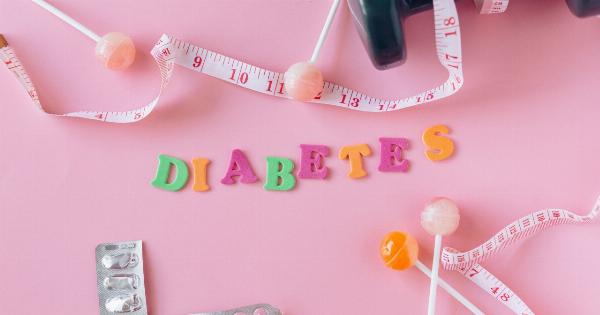Heart disease and stroke are the leading causes of death in both men and women worldwide. However, the risk factors for these conditions differ between genders.
In this article, we will explore the primary risk factors for heart disease and stroke in men and women.
Age
Age is a significant risk factor for heart disease and stroke in both men and women. However, the age at which women are at the highest risk for these conditions differs from that of men.
While men are at a higher risk for heart disease and stroke when they are in their 40s and 50s, women’s risk increases significantly after menopause. Estrogen, the female hormone, is believed to protect women against heart disease and stroke, which may explain this difference in risk based on age.
Blood pressure
High blood pressure is a leading risk factor for heart disease and stroke in both men and women. However, women are more likely to develop high blood pressure after menopause due to changes in hormone levels.
Men, on the other hand, are more likely to develop high blood pressure earlier in life.
Cholesterol
High levels of LDL cholesterol, also known as “bad” cholesterol, increase the risk of heart disease and stroke in both genders. However, men are more likely to have high LDL cholesterol levels in their younger years compared to women.
Women tend to have lower LDL cholesterol levels than men until they reach menopause, after which their cholesterol levels rise.
Smoking
Smoking is a significant risk factor for heart disease and stroke in both men and women. However, women who smoke are at a higher risk than men who smoke.
Women are also more likely to develop heart disease and stroke from secondhand smoke exposure than men. Additionally, women who smoke and use hormonal birth control are at an increased risk of developing blood clots.
Diabetes
Diabetes is a significant risk factor for heart disease and stroke in both genders. However, women with diabetes are at a higher risk of developing heart disease and stroke than men with diabetes.
It is believed that this may be due to the fact that diabetes negates the protection that estrogen provides women against heart disease and stroke.
Obesity
Obesity is a risk factor for heart disease and stroke in both genders. However, men are more likely to develop obesity in their younger years than women. Women tend to develop obesity later in life due to changes in hormone levels after menopause.
Obesity is also linked to other risk factors for heart disease and stroke, such as high blood pressure and diabetes.
Physical activity
Lack of physical activity is a risk factor for heart disease and stroke in both men and women. However, women are less likely to engage in physical activity than men.
Moreover, women who do engage in physical activity tend to do so at a lower intensity than men.
Family history
Family history is a significant risk factor for heart disease and stroke in both genders. However, men are more likely to develop heart disease and stroke if they have a family history of the conditions.
Women, on the other hand, are more likely to develop heart disease and stroke from a family history of other conditions such as diabetes and high blood pressure.
Stress
Stress is a risk factor for heart disease and stroke in both genders. However, women are more likely to experience stress-related symptoms such as depression, anxiety, and insomnia, which increase the risk of heart disease and stroke.
Moreover, women are less likely to seek treatment for these symptoms than men, which can contribute to their increased risk.
Conclusion
Heart disease and stroke are leading causes of death in both men and women. However, the risk factors for these conditions differ between genders.
While age, blood pressure, cholesterol, smoking, diabetes, obesity, physical activity, family history, and stress are all risk factors for heart disease and stroke in both men and women, their impact and prevalence differ between genders. These differences highlight the need for gender-specific approaches to prevention, diagnosis, and treatment of heart disease and stroke.




























